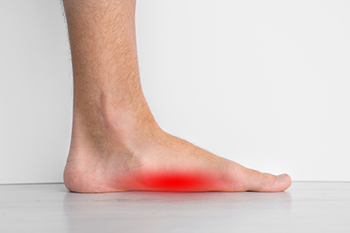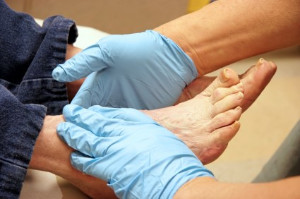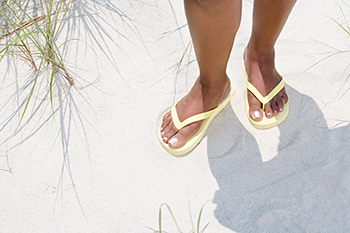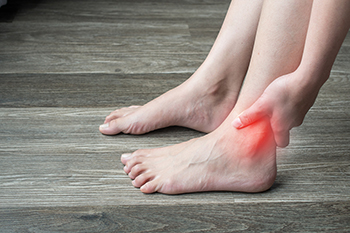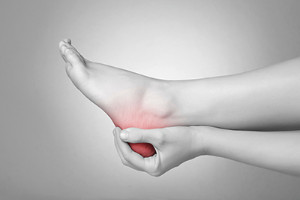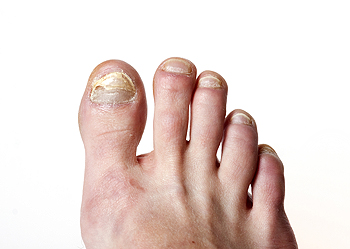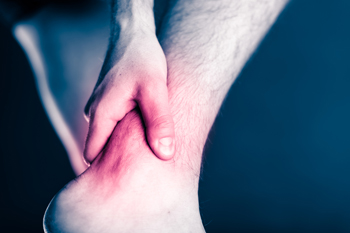Flat feet, or pes planus, is a condition where there is no visible arch in the foot. There are two types of flat feet: flexible and rigid. Flexible flat feet will have a visible arch when the foot is elevated, however that will disappear when weight is applied to the foot. Typically, flexible flat foot is asymptomatic, and it is believed to be a genetic condition. In rigid flat foot, the arch is never present—even when the foot is elevated. Rigid flat foot can be due to joint or bone disorders, which may be genetic. This type of flat foot can be problematic and cause gait disorders as well as pain in the arch, ankle, heel, and outside of the foot. If you have any discomfort in your feet due to flat feet, make an appointment with a podiatrist who can examine your feet and go over treatment options specific to your condition.
Flatfoot is a condition many people suffer from. If you have flat feet, contact one of our podiatrists from Foot and Ankle Clinics, PA. Our doctors will treat your foot and ankle needs.
What Are Flat Feet?
Flatfoot is a condition in which the arch of the foot is depressed and the sole of the foot is almost completely in contact with the ground. About 20-30% of the population generally has flat feet because their arches never formed during growth.
Conditions & Problems:
Having flat feet makes it difficult to run or walk because of the stress placed on the ankles.
Alignment – The general alignment of your legs can be disrupted, because the ankles move inward which can cause major discomfort.
Knees – If you have complications with your knees, flat feet can be a contributor to arthritis in that area.
Symptoms
- Pain around the heel or arch area
- Trouble standing on the tip toe
- Swelling around the inside of the ankle
- Flat look to one or both feet
- Having your shoes feel uneven when worn
Treatment
If you are experiencing pain and stress on the foot you may weaken the posterior tibial tendon, which runs around the inside of the ankle.
If you have any questions please feel free to contact our offices located in Woodbury, West St. Paul, and Edina, MN . We offer the newest diagnostic and treatment technologies for all your foot and ankle needs.
